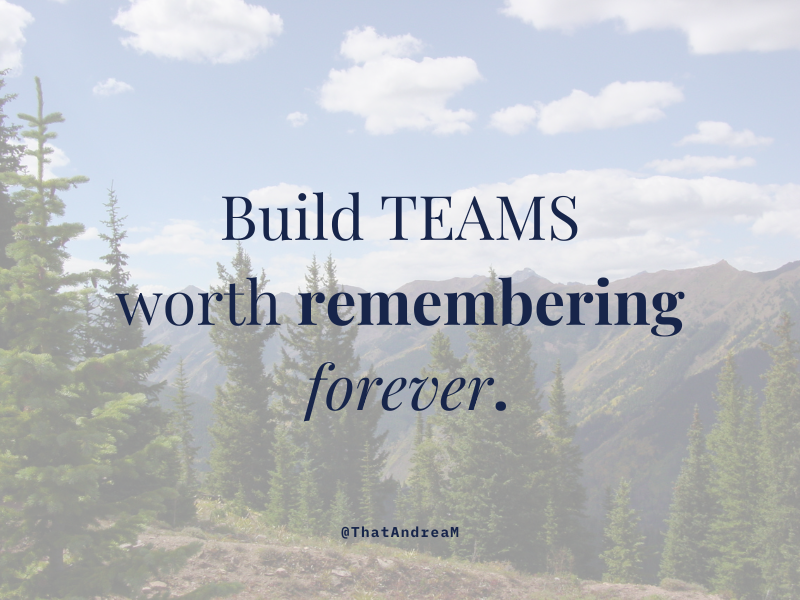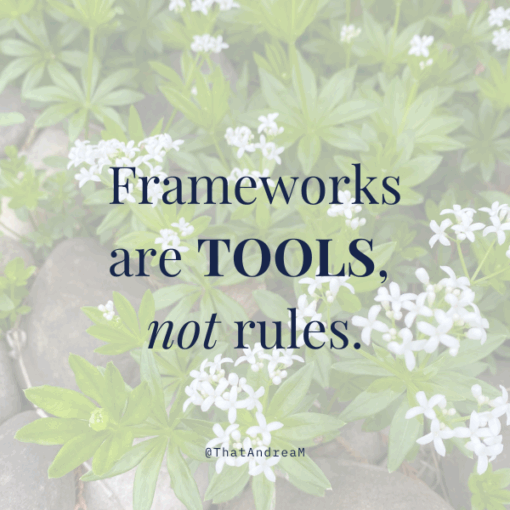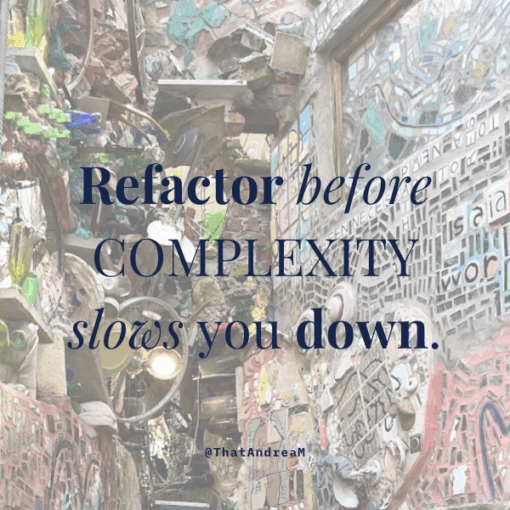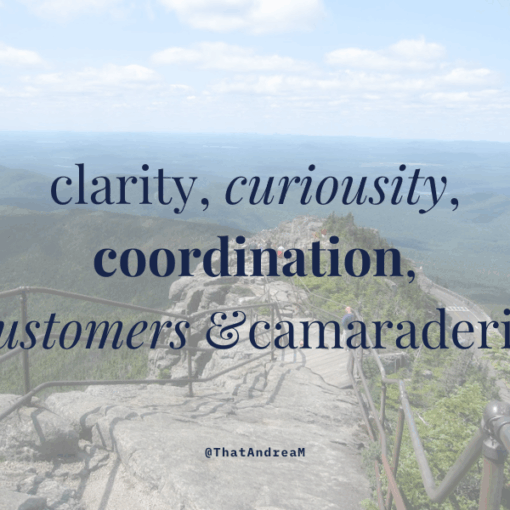I used to preach that solo work was the future. Then I built a team I’d stake my career on, and it changed how I see leadership forever.
Every leader’s real job is this:
Build the best team you’ve ever been a part of.
Anything less is falling short.
So the question becomes:
What would you change if THAT was your primary goal?
Ask yourself:
Is the day-to-day work of your team meaningful?
Are they burning energy on the machinery of work instead of the work that changes everything?
Are you showing up as your best self? The one that is blazing forward, excited for what you are building together?
I learned how much a team meant to me after I once declared I’d never work on one again.
Let me back up.
I was a new, first-time mom, invited to guest lecture at Cornell about entrepreneurship.
My sister-in-law agreed to travel with me to babysit.
I treated myself to some rare self-care and went to a fancy hair salon that had just opened.
Relaxing, I simply told the stylist I wanted shorter hair.
Then we got into an engrossing conversation about her thoughts about life after death.
My back was to the mirror, and her scissors went as fast as she talked.
I chuckled to myself that this must be what it felt like to get a haircut by Edward Scissorhands.
She spun me around with a flourish at the end, and to my horror, my hair was less than half an inch long.
So this is how I showed up to Cornell: with a buzz cut, a toddler in tow, and a brown suit that was one of the only things I still fit into post-childbirth.
To top it off, I agreed to be interviewed about my views on entrepreneurship for a curriculum project.
Nervous and not feeling completely myself, I spoke to the student interviewer like I might to my niece, not a professional. The result was… less than flattering.
Years later, when I stumbled on those clips, what struck me most wasn’t the haircut or the suit.
It was how much my thinking about teams had changed.
Back then, I was thriving as an interim CTO and I often staffed projects with other solo consultants.
We’d join forces for a project, then disband.
I believed that this was the future of work: independent, flexible, and no ties.
Then I had a consulting assignment that changed my mind about the value of a team forever.
I had been hired to build a category-expanding product, one that didn’t exist in the market.
In fact, many who had been interviewed to lead the initiative before me said that the scope was too big, and it was tilting at windmills… an impossible task.
It was 2007, and my client wanted to build a Google-like search experience on top of academic research that is typically hidden behind paywalls.
The technologies available for licensing at the time were way too expensive to make the business viable.
But they wanted to find a way to build a viable business around it anyway.
I was brought in to assess the company’s assets, then create a plan to execute.
I determined that the company had the content to index and the knowledgebase of what each university subscribed to.
But, the technology to pull all of this together, and the TEAM capable of building it, needed to be assembled from the ground up.
So, I reached into my network of people I trusted, who were had the best skills, and who I wanted to work with again.
That was the seed of the team.
When we had a gap that we didn’t know someone to fill, we went outside and recruited the best people we could find.
We repeated the cycle.
We asked them to bring in people from their network who they trusted, were the very best at their skills, and that they would love to work with again.
With this approach, we built a team, one amazing contributor at a time, that even to this day, is one of the very best I have ever been a part of.
This team was spread across 3 core time zones (well before distributed teams had become the norm).
Yet we stayed connected and thrived as a fast-paced entrepreneurial team.
We designed the team to be insulated from the rest of the corporation to operate the way we needed to, but still had the stability and funding of a well-established company.
It was intrapreneurship done right.
But it was much more than that.
We knew what we were building.
We knew what success looked like, and every person knew their role in helping to achieve it.
We all felt the magic of knowing that there wasn’t a team better equipped to solve the challenges we were taking on.
There were many days when the technology and product challenges seemed insurmountable, and yet we all had complete confidence that we would find a way through it, together.
So, circling back to those Cornell videos…
Working late one night, I made the mistake of telling one of my teammates about the story of younger me, recording those horrible interviews.
I tracked one down to show him. We both got a good laugh, and then I forgot about mentioning it.
The product became the fastest growing business unit inside of its parent company. When we hit $50M, I knew it was time for me to move on.
I timed the announcement with one of our quarterly team meetings, and I tearfully said my goodbyes to the team.
The final day, I just had to do an exit interview, and then they would all meet me at the Red Door, the bar across the street from the office that we joked was our after-hours conference room.
At my farewell, the team surprised me by playing those old Cornell interview clips.
The whole room erupted in laughter at the overconfident younger me, insisting teams were overrated.
The irony wasn’t lost on me.
That team became my lifelong collaborators, friends, and people I’d follow anywhere.
Some joined me at my next startup.
Others later brought me in as a consultant at their companies.
The friendships carried us through dark times and gave us people to celebrate with in the brightest ones.
I could not have been more wrong about the importance of teams.
So here’s my encouragement: Step back and look at the teams you’re part of.
How can you make it one that you will look back on, 20 years from now, as one of the best you’ve ever been a part of?
Key Takeaways
✅ Invest in making your current team the best you’ve ever worked on.
Without a doubt, the biggest rewards as a leader come from leading an amazing team.
✅ Building a team with people you know, like, and trust is shorthand for success.
Many companies ask for employee referrals, but take it a step further and normalize bringing the people your team would love to work with again.
✅ Never turn your back on what’s happening when you’re doing something risky.
Ok, for me, it was only a haircut gone wrong, but the lesson still applies.




